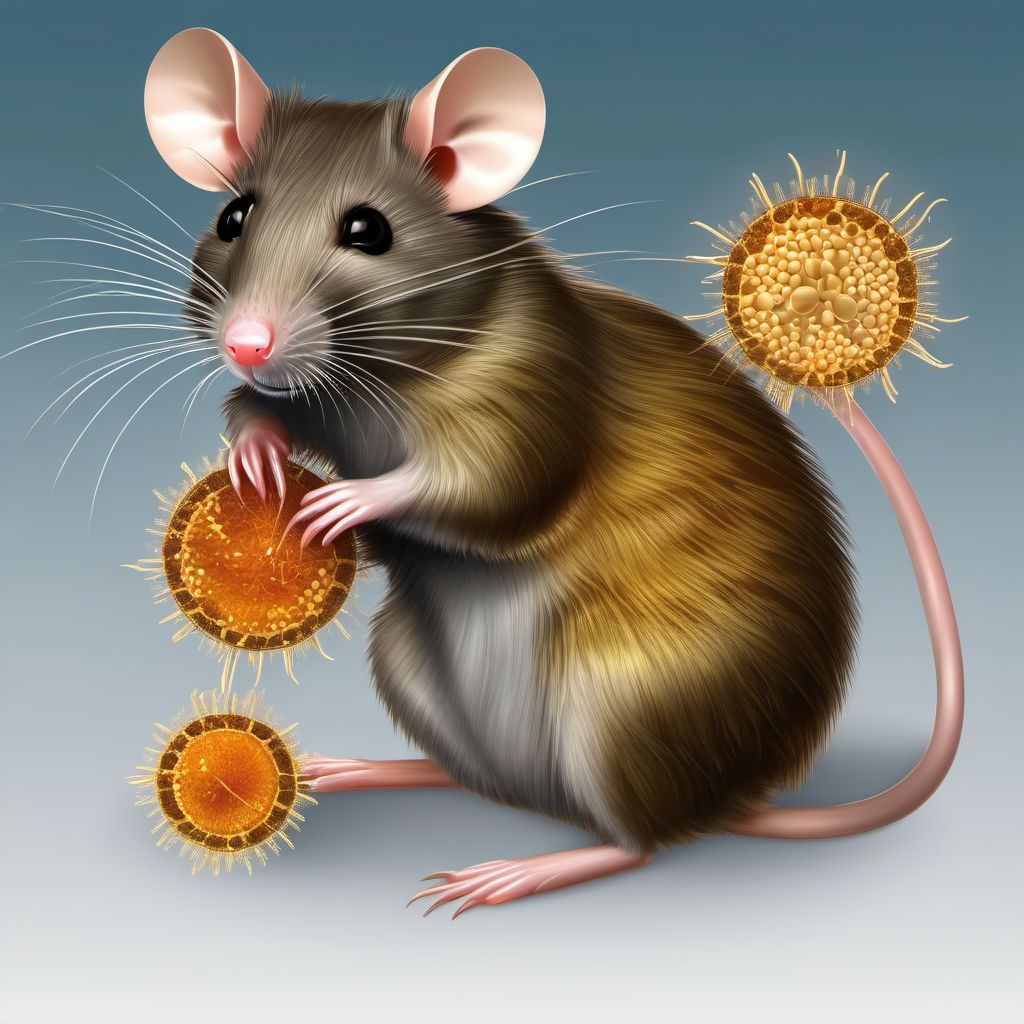
What is Rat-bite fever?
Rat-bite fever or RBF is a bacterial infection caused by two different organisms: Streptobacillus moniliformis and Spirillum minus. The disease is transmitted to humans through contact with the urine, saliva, or feces of infected rodents, such as rats, mice, and gerbils.
Symptoms of Rat-bite fever
The symptoms of Rat-bite fever usually appear within 3-10 days of exposure to the bacteria. The symptoms include:
- Fever
- Chills
- Headache
- Muscle and joint pain
- Swollen lymph nodes
- A rash on the hands and feet
Treatment of Rat-bite fever
If you suspect that you have Rat-bite fever, you should seek medical attention immediately. The treatment for Rat-bite fever usually involves a course of antibiotics such as penicillin or doxycycline. In severe cases, hospitalization may be required for intravenous antibiotics.
Prevention of Rat-bite fever
The best way to prevent Rat-bite fever is to avoid contact with rodents, especially wild rats. If you have a pet rodent, it is important to practice good hygiene, such as washing your hands after handling the animal, cleaning its cage regularly, and avoiding contact with its urine and feces. If you have a rodent infestation in your home, it is important to contact a pest control professional to safely remove the animals and prevent future infestations.
Conclusion
Rat-bite fever is a serious bacterial infection that can be transmitted to humans through contact with infected rodents. If you suspect that you have Rat-bite fever, seek medical attention immediately. The best way to prevent Rat-bite fever is to avoid contact with rodents and practice good hygiene if you have a pet rodent.